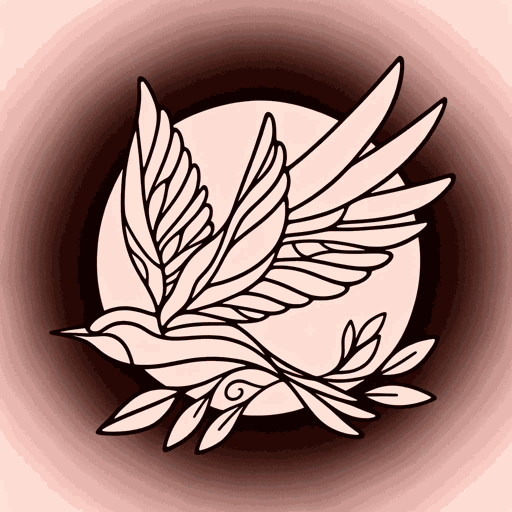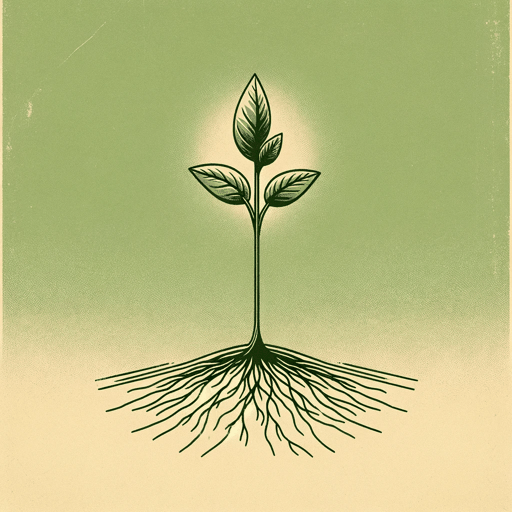20 pages • 40 minutes read
Joy HarjoWhen the World as We Knew It Ended
Fiction | Poem | Adult | Published in 2002A modern alternative to SparkNotes and CliffsNotes, SuperSummary offers high-quality Study Guides with detailed chapter summaries and analysis of major themes, characters, and more.
Literary Devices
Free Verse with Anaphora
Harjo wrote “When the World as We Knew It Ended” in free verse, meaning that it lacks a rhyme scheme or regular meter. The poem uses irregular line breaks and rhythm to mimic the more natural patterns of speech. It features anaphora, or repeating words and phrases; it creates rhythm based on the repetition of the word “we” (Lines 1, 9, 11, 15, 16, 21, 25, 29, 35, 40). This makes the poem more like a song or chant. Traditionally poems, speeches, sermons, and songs use repeating phrases to create a hypnotic effect and be easier to remember. Harjo’s poem is incantatory. The repetition of “we” also plays up the poem’s themes of unification and communal power. There may be many uses of “we” because there are so many individuals in the community and because the community continues to grow in strength and size.
Related Titles
By Joy Harjo

An American Sunrise
Joy Harjo

Crazy Brave: A Memoir
Joy Harjo

For Calling the Spirit Back from Wandering the Earth in Its Human Feet
Joy Harjo

Perhaps the World Ends Here
Joy Harjo

Remember
Joy Harjo

She Had Some Horses
Joy Harjo

This Morning I Pray for My Enemies
Joy Harjo

